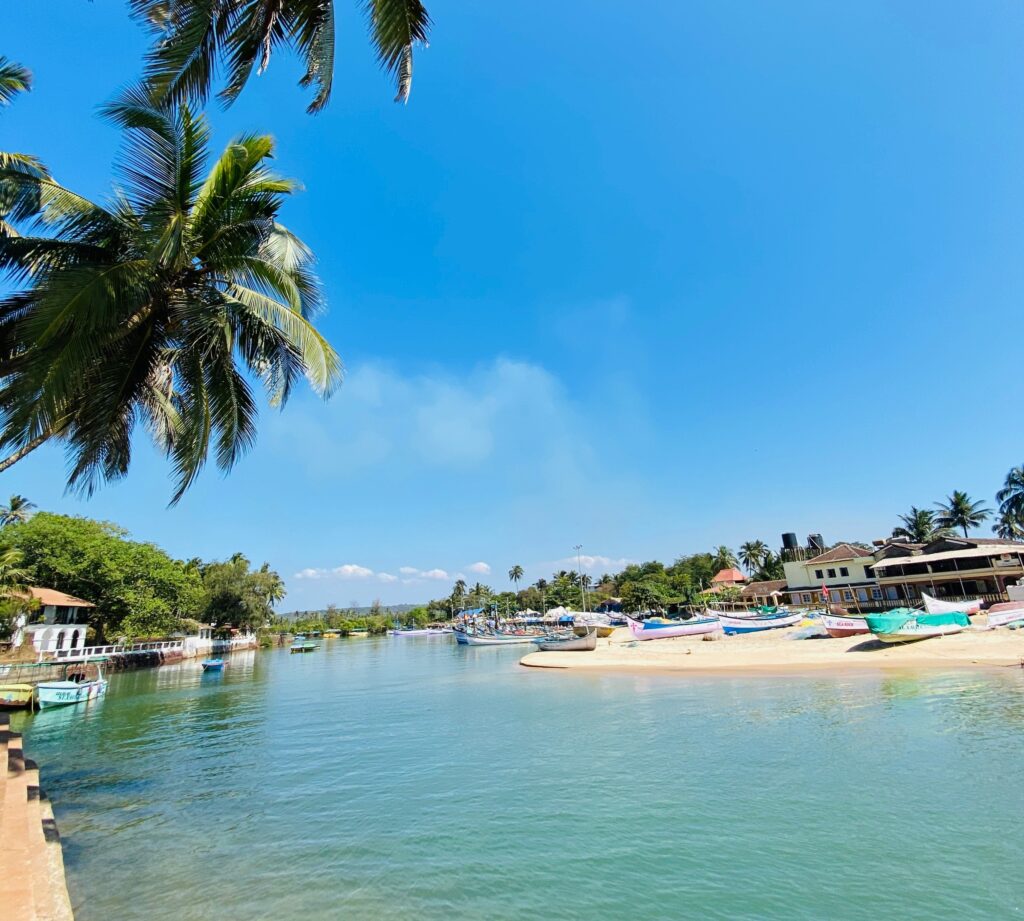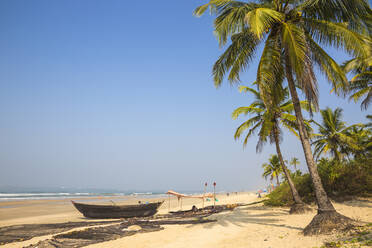
Goa’s golden beaches are not just about sunbathing and surf, they whisper tales of mystery, faith, and ancient legends carried by the sea breeze. Beyond its postcard-perfect beauty, Goa’s coastline holds centuries-old folklore that blends history, spirituality, and the supernatural. Every shore, from Palolem to Ashwem, hides stories that have shaped the local culture and people’s deep connection with the ocean.
Legends Carried by the Waves
For generations, Goans have looked to the sea not only as a source of livelihood but as a divine entity. Fisherfolk often speak of the “Vailankanni Saibin”—Our Lady of Good Health—who protects their boats and guides them safely home. Before setting sail, fishermen still offer flowers and coconuts to the waters, seeking her blessing for a bountiful catch and calm tides.
In coastal villages like Colva and Betalbatim, elders tell stories of restless spirits of drowned sailors who appear as shimmering lights dancing over the waves. These glowing orbs, locally known as Devcharachem Bheem, are believed to guide lost fishermen back to shore—or warn them of storms ahead.
The Sea’s Supernatural Side
Goa’s coastline has its share of eerie tales too. One of the most famous comes from Velsao, where locals speak of a ghostly woman who roams the beach at night, searching for her lost lover—a Portuguese sailor who never returned. Many claim to hear her anklets tinkling in the wind on full-moon nights, her spirit forever tied to the sea.
Then there’s the story of the drowned village of Sancoale, said to lie beneath the waves after angering a local deity. Fishermen sometimes report hearing church bells ringing from under the sea during monsoon nights, a haunting reminder of Goa’s layered spiritual beliefs that merge Christianity and folklore.
The Ocean in Goan Mythology
The ocean also finds its place in Goan Hindu traditions. Many coastal temples are dedicated to deities who are believed to dwell near or within the waters. For example, at Shree Betal Temple in Canacona. The locals believe the god guards the fishermen and protects them from sea demons. Rituals performed before the monsoon season often include offerings to the sea. Thanking it for its gifts and seeking forgiveness for taking too much from it.
The Narakasura legend, celebrated before Diwali, also has a connection to the coastal spirit of Goa. The myth tells of the demon king Narakasura, who ruled from the underwater city of Pragjyotishpur. His defeat by Lord Krishna symbolizes the cleansing of evil and the renewal of light. Echoing the rhythm of Goa’s tides that wash away the old to welcome the new.
Folklore That Lives Through Festivals
Goan festivals keep these coastal stories alive. During Konsachem Fest in Salcete, locals celebrate the first harvest with offerings to the sea and the earth. Similarly, the Sangodd Festival, held by fishing communities, sees decorated boats tied together and sailed in honor of St. Peter, the patron saint of fishermen. Each boat represents not just a vessel but a storyteller, carrying generations of belief, courage, and gratitude.
Even today, during stormy nights, families sit by their balcaos and recount these tales to children, reminding them that the ocean is both a giver and a taker, a force to be respected and revered.
Where Folklore Meets the Horizon
What makes Goa’s coastal folklore truly special is how it bridges faith and fear, myth and memory. The same beaches that glow under sunsets have witnessed centuries of devotion, adventure, and mystery. The waves that kiss the shore today have carried the prayers, secrets, and stories of countless generations.
So, the next time you stroll along a Goan beach at dusk, pause for a moment. Listen to the rhythm of the waves, you might just hear an old story being retold by the sea.


